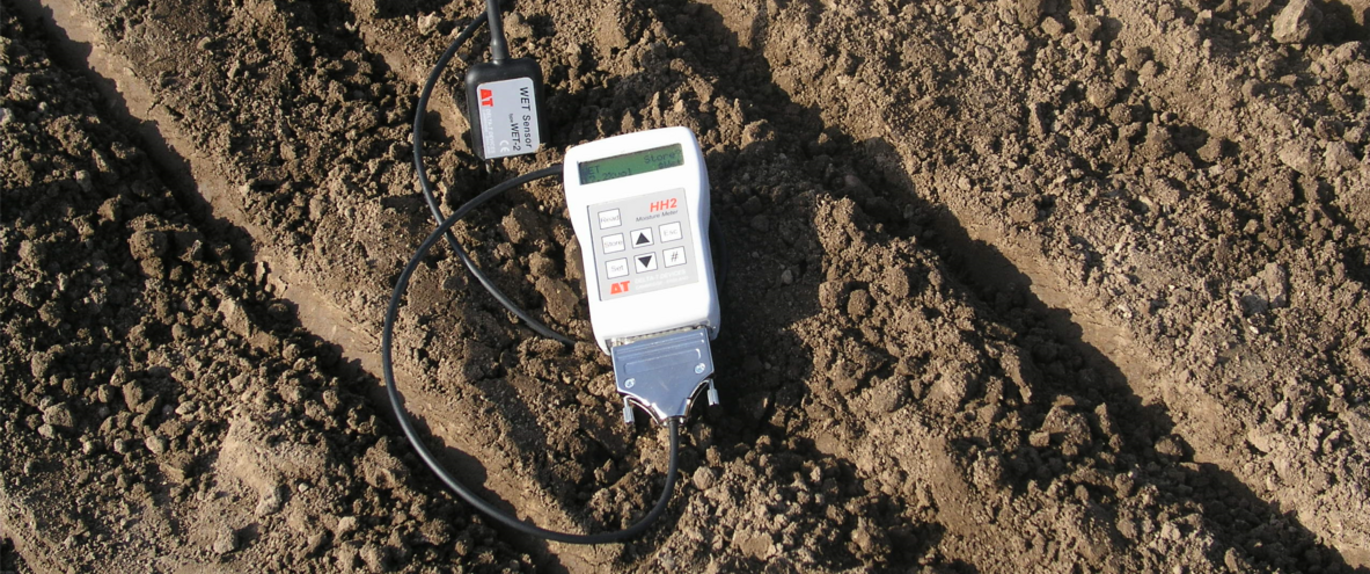New resource document on harmonized procedures for creation of soil databases and maps
The amount and specifications of soil data and soil information infrastructures differ across Europe due to differences in needs, methods and knowledge between countries. Harmonized methods and data infrastructures will allow easier sharing of soil data in Europe, which is essential for research and for policy advice on agricultural land.

By Fenny van Egmond (Wageningen Environmental Research and ISRIC) and Maria Fantappiè (CREA), edited by Line Carlenius Berggreen.
Soil information is derived from data on soil profiles, soil properties, soil quality, and data on the functions and use of soils. The processing of data on soil into meaningful information products – such as maps - requires a workflow of collection, organization and management, analysis and publication of soil data.
Available knowledge on projects, methods, databases and infrastructures for the ‘soil data workflow’ in Europe are now compiled in the EJP SOIL Report on harmonized procedures for creation of databases and maps. The report, which includes a survey on available soil datasets among the partners of the EJP SOIL Programme, aims to provide a common basis, synthesis and reference for the various stages in the soil data workflow. The report can serve as a compendium for soil science research institutes, the wider community of organisations involved in research on agriculture and soil, as well as for agencies or authorities responsible for the collection, management and dissemination of soil data and information.
Distribution (and number) of soil databases according to their sampling method, reported by EJP SOIL partners 2020
Available soil data and standards differ between countries
The survey revealed that databases with basic soil properties such as soil organic carbon, pH, particle size are available in all participating countries. Data formats and standards differ between countries. The spatio-temporal resolution of the soil property data varies considerably between national databases, and quantitative information on uncertainty is missing. Data on soil pollution, compaction, water erosion and decline in organic matter were recorded in less than half of the countries. Data on soil properties were publicly accessible in many cases.
Not all countries that have soil databases also have a soil information system (SIS) and/or a soil monitoring system. Reasons for this are, among other things, the lack of skilled staff, the lack of common standards needed to integrate different sources of soil data and the absence of a legal basis for soil survey and for the maintenance of a soil information system.
Soil information infrastructures differ in architecture and standards
Soil information infrastructures in EJP countries differ in architecture and standards used depending on the requirements of every institute or country. Practices that are beneficial in all cases include a thorough documentation of metadata, compliance with existing standards (INSPIRE, OGC, ISO, Dublin Core), and application of the FAIR principles[1] to the organization of soil data. A range of impediments need to be resolved before harmonized soil data can be exchanged effortlessly. These include issues in the INPSIRE Soil theme with feature types, code lists, vocabularies and implementation of raster data. The report describes general principles for data exchange and sharing between countries and organisations, and the technical and semantic conditions that are needed to achieve easier sharing of soil data in Europe.
Towards a distributed soil information system for the EU
EJP SOIL proposes a distributed or federated structure where soil data is stored, curated and maintained by the institutes in the EU Member States, and can be exchanged in a common infrastructure using the soil domain model of INSPIRE and appropriate technology. This structure allows institutes to organize their soil data in different ways according to their local needs. Hereby, the EJP SOIL programme contributes to the EU Soil Observatory, that will make EU soil-related data available conform the specifications for metadata and soil stipulated in the INSPIRE Directive.
Sampling for new soil information
New questions for information on agricultural land require gathering new soil information and updating older information. For this purpose, new data on soils needs to be collected which requires sampling. The report presents an overview of statistical aspects of sampling designs for the monitoring and mapping of soils. There are recommendations for selecting appropriate sampling designs, and for combining two surveys or monitoring systems. For example, for the estimation of global quantities, such as means and totals, probability-sampling approaches with design-based inference are more suitable than model-based methods. However, if the purpose of sampling is to create maps of soil aspects, model-based maps are more appropriate.
Creating harmonized soil maps
Maps of properties, conditions and functions of agricultural soils are also used to address questions from research and policy. The methods to create such maps should be tailored to the intended use of the map and the availability of existing data (soil data at point locations or co-variates). The report presents general best practices for creating maps.
For more information:
Contact: Fenny van Egmond (Wageningen Environmental Research and ISRIC), fenny.vanegmond@wur.nl and Maria Fantappiè (CREA, Italy), maria.fantappie@crea.gov.it
Click here for more detailed information about the content the executive summary of the report.
Click here for the full Report on harmonized procedures for creation of databases and maps
An overview of soil data policies in Europe is presented in the report ‘EJP SOIL D6.2 Report on national and EU regulations on agricultural soil data sharing’
An overview of soil monitoring networks in Europe is presented in the report ‘D6.3 Proposal of methodological development for the LUCAS programme in accordance with national monitoring programme’, with suggested options for harmonizing these networks.
[1] Principles for the description, storage and publication of scientific data. FAIR stands for Findable, Accessible, Interoperable, Reusable.